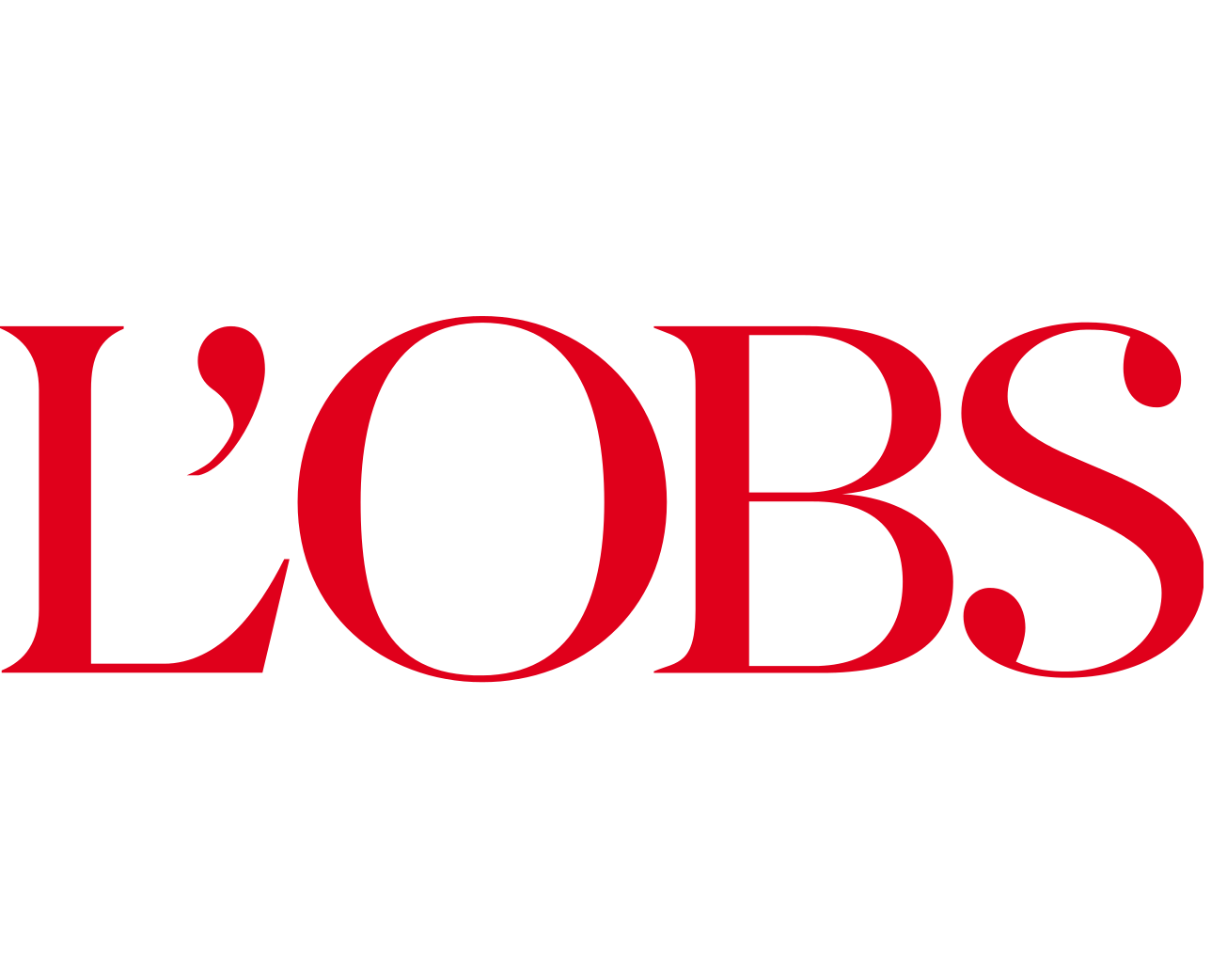
P is proven to be the fastest diffuser whereas Ni and Si are slower. The model alloys have been irradiated with 5 MeV Fe²⁺ ions up to 0.1 and 0.5 dpa at 300 ☌ and the 3D atom maps have been analysed using statistical tools and iso-concentration algorithms. This study is focused on the analysis of these clusters and the influence of every chemical specie in their formation. These elements are known to increase the embrittlement and the hardening of steels by creating solute-rich clusters at 300 ☌. In this experimental work the behaviour of Ni, Si and P, typical impurities or low alloying elements in ferritic/martensitic nuclear steels, with increasing irradiation dose was investigated in model FeCrX (X = Ni, Si, P, NiSiP) alloys using atom-probe 3D maps. The only prerequisite is that the nanoparticles must be large enough to be manipulated, which was done for sizes down to ~50 nm. This approach can be applied to various unsupported free-standing nanoparticles, enables preselection of particles via correlative techniques, and reliably produces well-defined structured samples.

Using the standard atom probe reconstruction algorithm, data quality is limited by typical standard reconstruction artifacts for heterogeneous specimens (trajectory aberrations) and the choice of suitable coatings for the particles. Compositional and structural insights are provided for spherical gold nanoparticles and a segregation of silver and copper in silver copper oxide nanorods is shown in 3D atom maps. First, nanoparticles are dispersed on a lacey carbon grid, then positioned on a sharp substrate tip and coated on all sides with a metallic matrix by physical vapor deposition. In this work, we present a method to lift–out single nanoparticles in the scanning electron microscope. The ability to analyze nanoparticles in the atom probe has often been limited by the complexity of the sample preparation. Provides an introduction to the capabilities and limitations of atom probe tomography when analyzing materials Written for both experienced researchers and new users Includes exercises, along with corrections, for users to practice the techniques discussed Contains coverage of more advanced and less widespread techniques, such as correlative APT and STEM microscopy. In addition, its references to key research outcomes based upon the training program held at the University of Rouen-one of the leading scientific research centers exploring the various aspects of the instrument-will further enhance understanding and the learning process. Both beginner and expert will value the way the book is set out in the context of materials science and engineering.

For those more experienced in the technique, this book will serve as a single comprehensive source of indispensable reference information, tables, and techniques. The book emphasizes processes for assessing data quality and the proper implementation of advanced data mining algorithms.

It provides the theoretical background and practical information necessary to investigate how materials work using atom probe microscopy techniques, and includes detailed explanations of the fundamentals, the instrumentation, contemporary specimen preparation techniques, and experimental details, as well as an overview of the results that can be obtained. Atom Probe Tomography is aimed at beginners and researchers interested in expanding their expertise in this area.


 0 kommentar(er)
0 kommentar(er)
